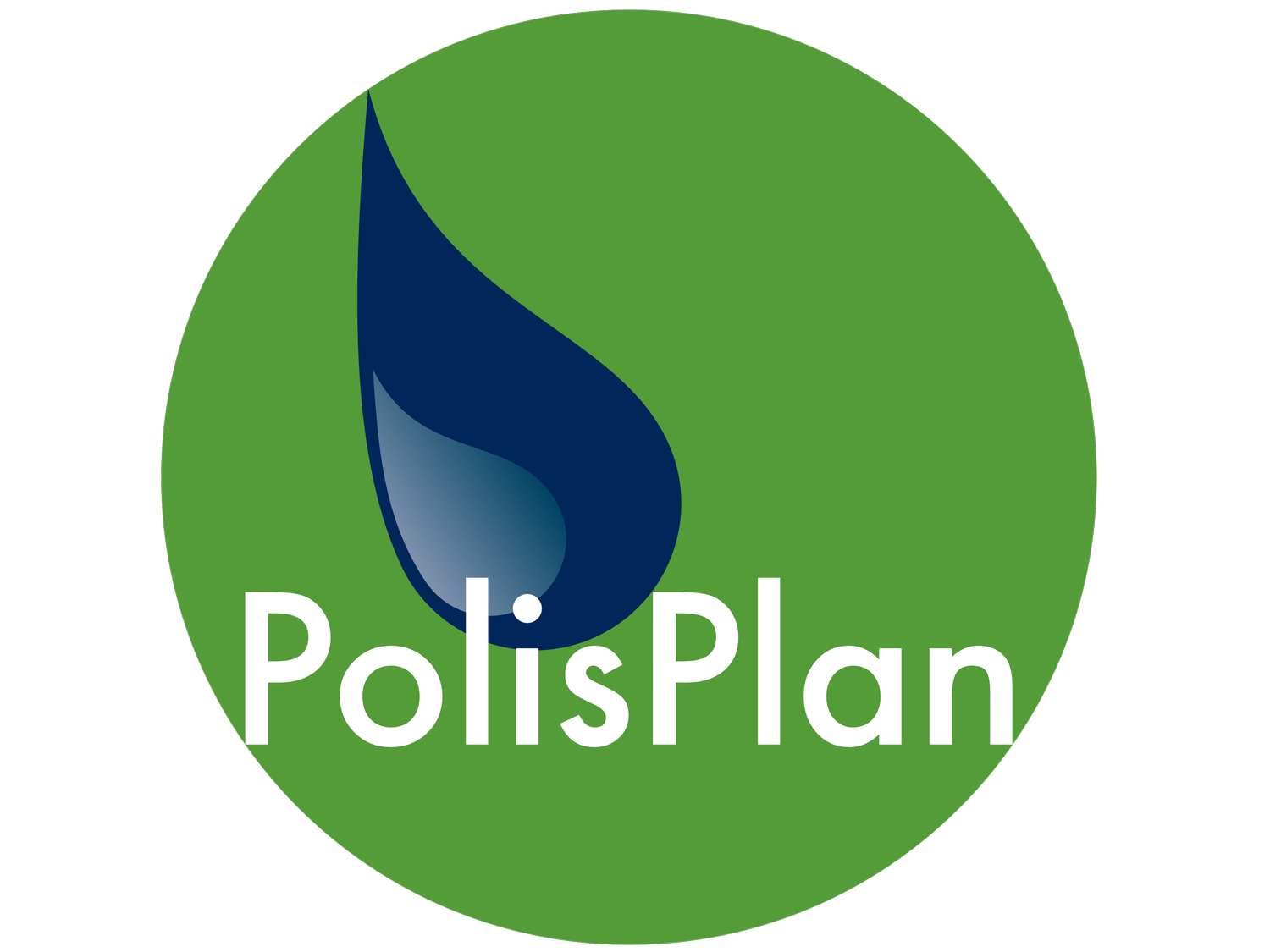
Dive in deeper. Scroll down for peer reviewed academic publications

Improving Public Health Outcomes through the Development of Networks of Regenerative Rural Villages | book chapter
This chapter challenges the concept of sustainable development, suggesting that healthy development should regenerate natural systems and have a net positive impact on both people and planet. Applying this lens to the UN Sustainable Development Goals shows that improving public health requires not just healthcare, but also provision of clean water and sanitation, clean air through the adoption of clean, renewable energy, access to fresh food, and economic opportunities. A holistic approach to both public health and sustainable development is required to provide all these services and infrastructure. The discussion identifies key principles and design elements for the development of a network of regenerative villages, each of which would include a renewable energy micro-grid, water micro-grid, regenerative agricultural system, and shared electric vehicles, all supporting a built environment where people can live, work and play.

Networks of Circular Economy Villages: Political Economic Principles and Spatial Potentials | PhD Thesis
Faced with the challenges to restructure societies for long term sustainability, greater attention should be given to the design of human settlements and their relationship to each other. This thesis explores the pattern of human settlements and the possibility of finding a solution in the form of networks of Circular Economy Villages (CEVs). Each CEV would integrate energy, water, food and building infrastructure, aligning these with local ecological cycles. This would maximise local production and improve energy efficiency, while reducing both financial and ecological costs. The research question is: How would human habitats be structured in a political economic paradigm wherein populations were mobilised to regenerate natural systems and, through this, to rehabilitate and regenerate the human condition? Asking the question in reverse: How might a disruptive model for building human habitats enable the development of such a regenerative political economic paradigm? Critiques are most effective when accompanied by a viable alternative vision and an implementation strategy. The vision is therefore described at the outset, contrasting it with present political economic arrangements. The latter centralises production in densely populated cities, surrounded by less-densely populated towns and villages. The vision proposes a more even distribution of populations—a network of communities, each responsible for, and dependent on, the land upon which they are located. This thesis adopts a dialectical method, comparing centralised with distributed systems, extractive with regenerative processes, and linear with circular economies. Circular patterns underpin and connect all the chapters, exploring relational, temporal, spatial and holistic perspectives of circularity. By contrasting present circumstances with a possible future, various implementation strategies are developed—including town planning policies, a financial plan, and design principles for building networks of CEVs.
